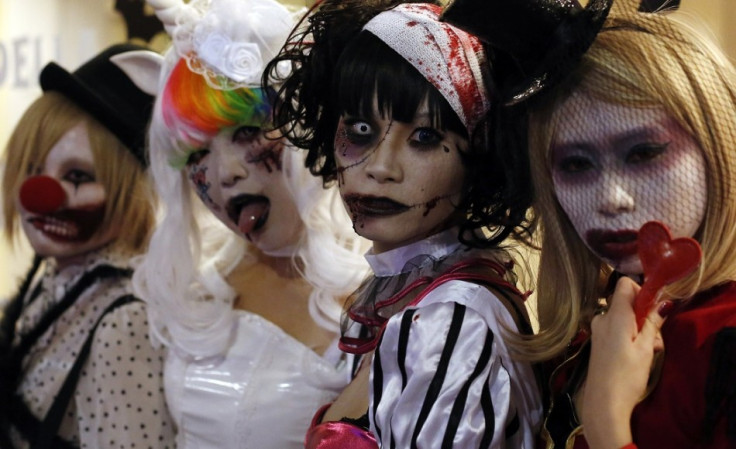History of Halloween: From Celtic Beginnings to Commercial Goldmine

Millions of people across the globe will celebrate Halloween today, with celebrations involving ghoulish costumes, horror films and confectionary gained by threats of tricks.
However, the origins of the annual event are a far cry from the zombies, witches and ghosts of modern day.
Samhain
While the exact start date of Halloween is unknown, it can be traced to the Gaelic festival of Samhain. The festival marks the end of the harvest season and beginning of winter, or the darker half of the year. Pagans celebrated from sunset on 31 October through to sunset on 1 November.
Samhain is mentioned in early Irish literature, from around the 4<sup>th century, and has pre-Christian roots.
During Samhain, cattle were brought in from summer pastures and livestock was slaughtered in preparation for winter. It was also thought that spirits could more easily enter our world during this time, so offerings of food and drink were made to them.
Pagans believed the souls of the dead revisited their homes and feasts were held where deceased relatives were invited. Costumes were also worn and Celts would tell one another's fortunes.
Christianity
In the 8th century, in an effort to stop the pagan festival, Pope Boniface IV announced that 1 November would be All Saints' Day, or All Hallows' Day. The evening before became All Hallows Eve.
All Saints Day was intended to be a day where Christian saints and martyrs were honoured.
The church tried to Christianise the festival but people continued to celebrate on 31 October with bonfires, costumes and other pagan festivities.
Over centuries, as Christianity took over as the dominant belief, the old pagan festival became shrouded in superstition. Fear of paganism was installed by the Church and people began to see All Hallows Eve as involving demons, witchcraft and necromancy.
Middle Ages
The practice of trick or treating can be traced back to Halloween in the Middle Ages through the practice of "souling". In this tradition, which dates to the 15<sup>th century, Christians were called on to bake and share cakes. Groups of poor people, often including children, would go from door to door during this time collecting soul cakes in return for prayers.
In the UK in the 16<sup>th century, during the Reformation, some Protestants said that honouring the dead during All Hallows Eve was wrong and that souls could not journey from purgatory to heaven, therefore any ghosts must be evil and threatening.
There was also widespread belief in witchcraft during the Middle Ages and up to 100,000 women were killed after being accused of being witches.
19<sup>th Century
Irish immigrants brought Halloween with them to the US in the 1800s and the celebration boomed with the Irish-American population.
Puritans in New England maintained a strong opposition to the festival, with most outlawing it saying it is evil and satanic in nature - despite the Church introducing it to Christianity centuries earlier.
Despite their opposition, Halloween broke the confines of immigrant communities over the 19<sup>th century until it became part of mainstream society.
One of the first official Halloween celebrations took place in 1920, when Anoka in Minnesota staged a parade and bonfire.
Modern day
Over the next century, Halloween became increasingly commercialised and was celebrated by people of varying religions. The first mass produced costumes emerged in the US in the 1930s.
The Halloween business today is now monstrous. According to the National Rail Federation's survey of American's habits during the celebration, the average person will spend $75 (£46) on decorations, costumes and sweets.
In total, Americans are expected to spend $2.6bn on costumes for adults, children and pets, with total spending to reach $6.9bn.
© Copyright IBTimes 2024. All rights reserved.























